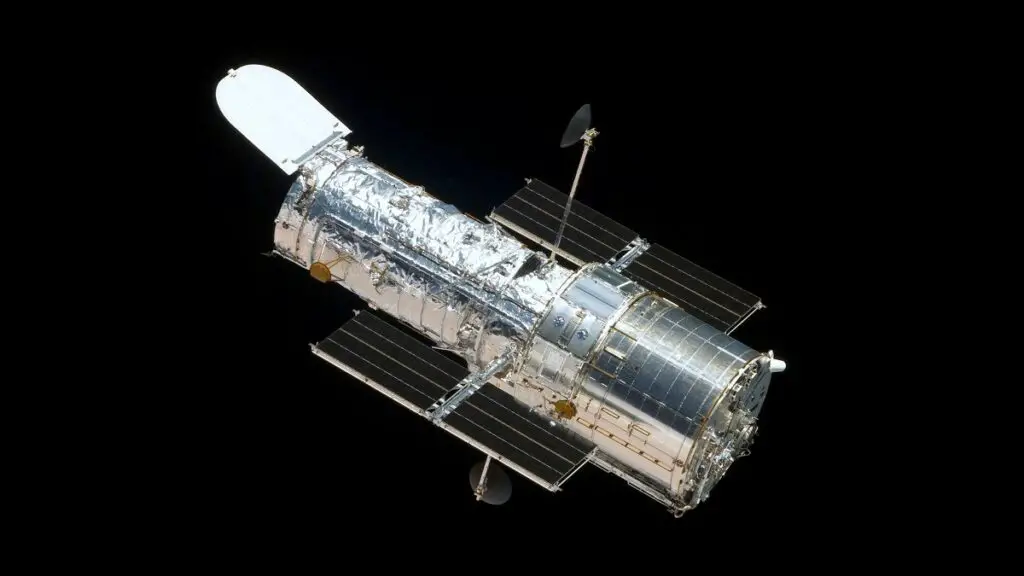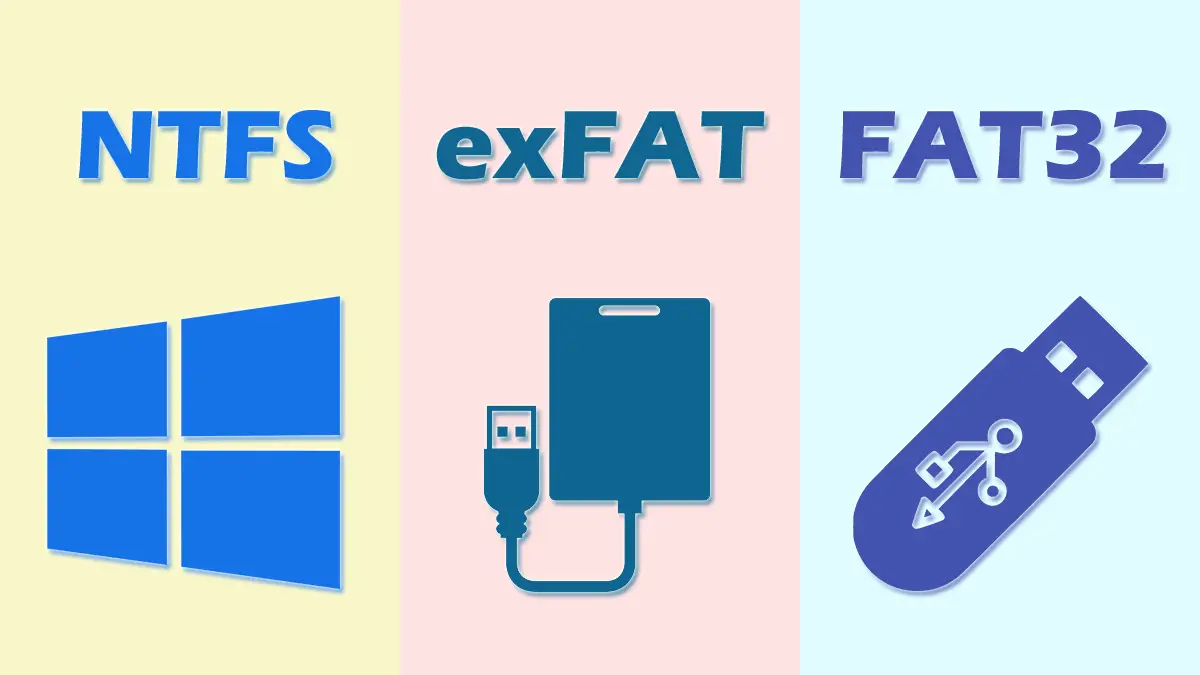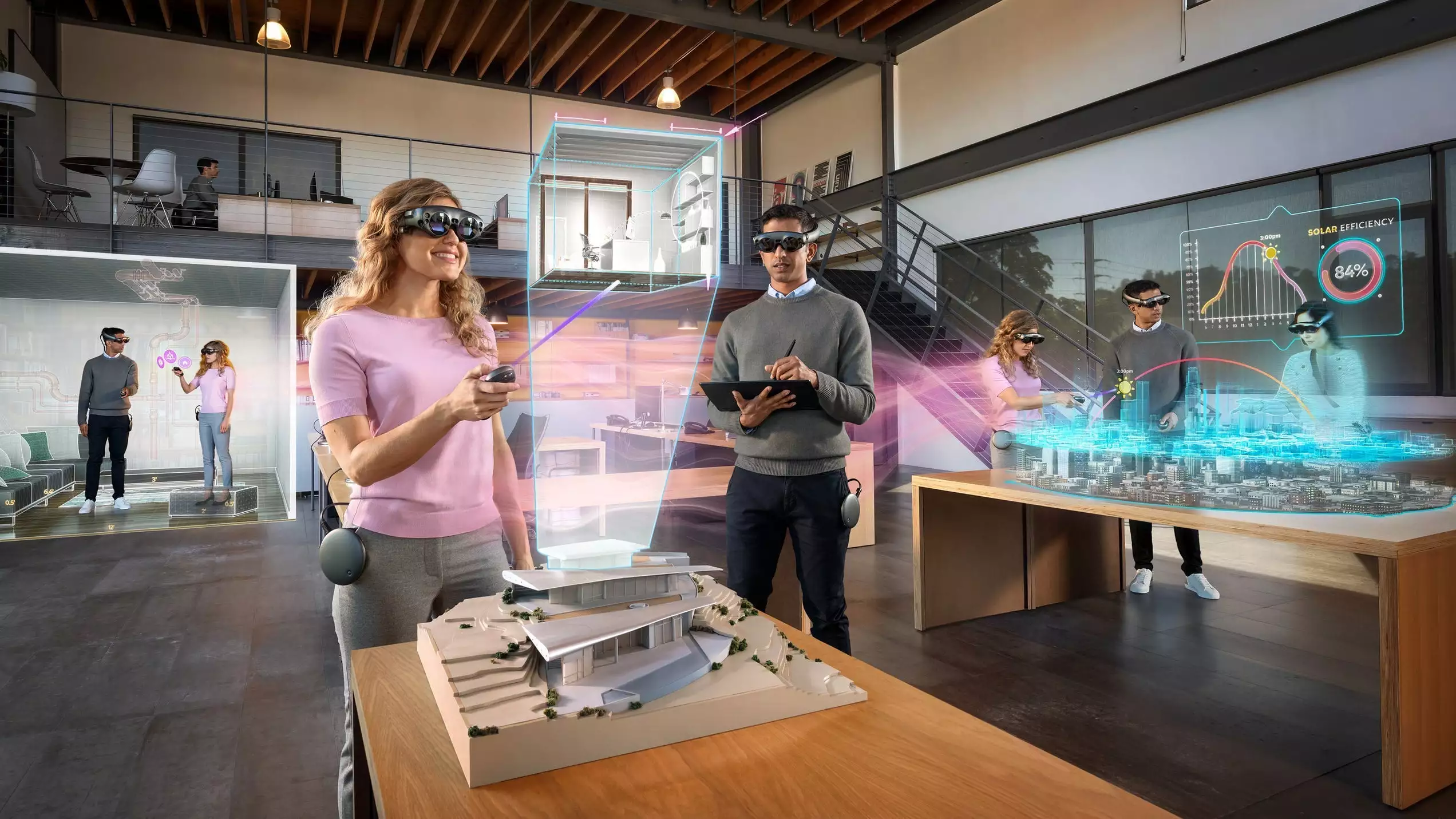How Tos
What Is Hubble Space Telescope?

Hubble Space Telescope (HST) is one of NASA’s most significant technological inventions ever. HST was launched to space around the year 1990 and has enabled humans to learn how to understand the world since. It doesn’t matter if it is directly related to the galaxy system or pictures of far-away galaxies HST has discovered a lot of fascinating information in its time to date.
Named in honor of the American astronomer Edwin Hubble, HST launched to the earth’s low orbit on the spacecraft named “Journey.” This point is about 570 km from Earth’s surface. Hubble’s mission was the fulfillment of a plan that was first suggested by Lyman Spitzer in 1946.
Hubble Space Telescope is exploring the universe!
When it comes to its dimensions it measures about 13.3m in length, 4.3m across, and weighs around 12,200kg. It orbits the earth at speeds of around 27,000 km/hr. It takes approximately 90 minutes for a turn.
It’s also not the first telescope that has found an appropriate location in space. In 1968 NASA installed OAO-2, the Orbiting Astronomical Observatory (OAO-2).
HST detects a broad range of light wavelengths, which includes visible light as well as ultraviolet and, to a lesser extent near-infrared. This allows the telescope to look at the celestial objects of our galaxy and get a glimpse at stars that formed far back in the past.
Hubble’s flexibility is due to the numerous upgrades it has been through over the decades. Multiple servicing missions have enhanced Hubble’s value significantly and allowed it to look for as long as 13.4 million light-years.
The second service mission of 1997 extended the telescope’s near-infrared range and allowed the telescope to see the universe further. By the year 2002 NASA’s servicing mission have replaced all the instrument that was originally launched using Hubble.
Through regular upgrades and more than thirty years of space exploration, Hubble has made around 1.5 million observations since the launch of Hubble. Hubble’s observations have led to more than 19,000 scientific publications, which also garnered around 900,000 references in other publications.
Significant discoveries were made by Hubble Space Telescope
Here are a few of the noteworthy space explorations that would not have had the chance without the Hubble Space Telescope.
- HST aid in defining the Hubble constant, which , in the process, allowed scientists to estimate the age of the universe at 13.7 billion years old.
- Scientists were able to study Supernova and to determine the speed at which the universe is accelerating expansion. Eventually, they discovered the fact that “dark energy” caused this acceleration.
- Furthermore, it allowed for to create a 3-D map of dark matter in three dimensions.
- It has discovered the majority of galaxies that surround a black hole.
- It also revealed the presence of carbon and oxygen in the Exoplanet (HD 209458b)
- In a different first, it has captured images of two previously unknown moons orbiting Pluto.
- It confirmed it as having water vapour present on Europa which is one of Jupiter’s moons.
- First time it has helped scientists figure the exact colour and the precise climate map from an extraplanet.
In the past few months, the successor to HST James Webb Space Telescope (JWST) began its space voyage. We also conducted an analysis of Hubble as well as James’ telescopes to find out what changes the latter made.

-

 Explained7 months ago
Explained7 months agoWhy Did iMessage Turn Green Explained!
-

 List7 months ago
List7 months ago1337x Proxy List For 2022 [100% Working 1337x Mirror Sites]
-

 How Tos7 months ago
How Tos7 months agoHow To Get A Specific Phone Number for yourself?
-

 List3 years ago
List3 years ago11 Best Music Players for Android Auto
-

 Explained7 months ago
Explained7 months agoWhat is Android System WebView? Should You Delete it?
-

 Explained7 months ago
Explained7 months agoHow Can Monitors Be Connected By USB? (Explained)
-

 How Tos7 months ago
How Tos7 months agoHow To Fix This Webpage Is Not Available Error In Google Chrome
-

 Gaming7 months ago
Gaming7 months agoNeal Fun Spend: Spend Bill Gates and Elon Musk Money





